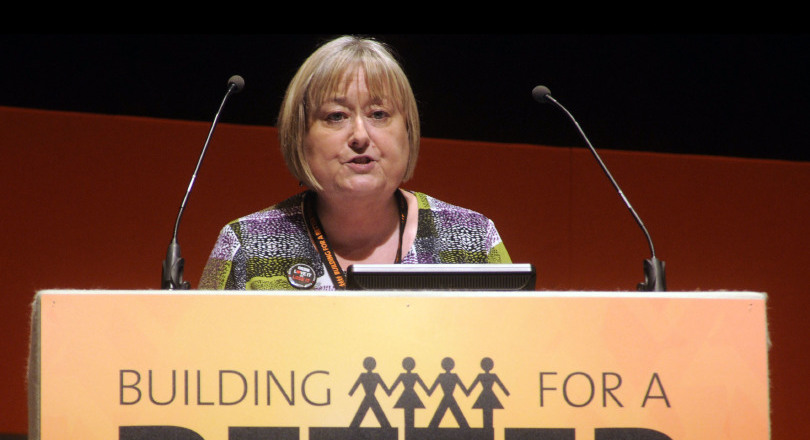The International Labour Organisation’s primary goal is to promote opportunities for women and men to obtain decent and productive work, in conditions of freedom, equity, security and human dignity.
The organisation’s governing body decided that experts should meet to look at violence against women and men in the world of work.
How the discussions are organised
The International Trades Union Congress (ITUC) nominated eight worker experts, a mix of people from the national trade union centres, such as the TUC, and global union federations, such as UNI Global Union which covers the services sector.
Experts from eight governments and eight employer organisations – representing private sector employers and employer organisations from 150 countries – were also involved in the discussions.
We had previously received a thick tome from the ILO which set the scene, referencing academic sources and relevant ILO papers and decisions.
We also had discussion points under five broad headings which the ILO had prepared and which were agreed by the ITUC and the employers’ group.
Days one and two
The official meetings started on Monday 3 October and the process was interesting. Experts met in their separate groups in timetabled sessions which were followed by plenary sessions.
Each group prepared what they wanted to say under each discussion point and the employers’ and the workers’ spokespeople made their opening statements.
These were followed by the government experts – although the governments quite often had a common view on violence in the world of work.
It was vital to get your points included in your spokesperson’s comments and to rebut points from the employers or governments (although the governments were generally very supportive of the workers’ positions).
Each discussion point included two or three contributions from the employers and workers. After two days, we had completed our discussions and the ILO produced draft conclusions overnight.
Days three and four
Wednesday and Thursday followed the previous pattern, experts meeting in their groups, followed by plenary sessions. Our aim was to get the best conclusions to address the issues around violence in the world of work.
The employers were difficult because they:
- objected to changes proposed by the workers
- watered down the wording
- challenged whether there was evidence (even though there was)
- limited action to the workplace, rather than the world of work
- limited action to physical violence, rather than violence and harassment.
We often had to encourage the governments to express their views in order to shame the employers into being constructive.
We worked until 11 pm on Wednesday and I really felt that getting agreed conclusions would be impossible. Few of the paragraphs had been discussed, hardly any had been agreed and there were a lot of square brackets – showing alternative wording suggested by the employers’ and the workers’ groups and meaning little chance of a compromise between the two versions.
Day three
The workers met at 8am on the final day to discuss tactics. We decided that we needed to get agreed conclusions, that the draft from the ILO was mostly acceptable and that “perfect was the enemy of the good”!
We were in danger of being talked out of time, so we agreed to raise only the most pressing points.
Thursday’s first plenary started well and we made good progress, but then things slowed down again.
Every paragraph took an age and agreements were still rare. Eventually, the ILO offered its services in suggesting words where the debate had run out of steam.
Just after 9pm we had an agreed set of conclusions. There was a huge cheer from the workers’ group and relief all round.
I can’t say too much at present as the process is far from over and we need to consider our negotiating position. However, it is fair to say that, against all the odds, the statement included a commitment from the employers to address the impact of domestic and other forms of violence on the world of work.
What happens next?
The conclusions and a report of the meeting will go to the ILO Governing Body in November. It will be a sound basis for an ILO Law and Practice report which will be circulated to governments, trade unions and employers’ organisations with a questionnaire in April 2017.
Between now and then, we will be lobbying governments and employers on the form that an ILO instrument should take. We will be campaigning for a Convention, supplemented by a Recommendation.
The precise form of the statement will be decided at the ILO conference in Autumn 2017. I understand that the ILO will take the issue of violence at work forward for ratification in 2019 or 2020.
It’s a long process, but it gives the opportunity to extend workers’ rights, making the world of work a safer place for everyone.

